Currently, this design has proven capable of printing a layer but it overheats pretty fast due to heat from the heated bed (500-700C) radiating up into the nozzle PCB and coil. This could be fixed by water-cooling the hotend assembly or using a lower emissivity stove. I don't see any reason why this wouldn't be able to print entire objects and complex shapes out of aluminum eventually. The design is open source and a GitHub repo with CAD files can be found here: https://github.com/chris050200/Induction-3D-Printer
I will give an overview of how it is put together below.
The hot-end is induction heated by an off-the-shelf ZVS heater which costs about 12$. The heating element for the nozzle is a steel nut and the nozzle is made of a piece of molybdenum threaded rod with a hole bored through it. Aluminum wire is fed and extruded through a .4mm orifice just like a plastic FDM printer.
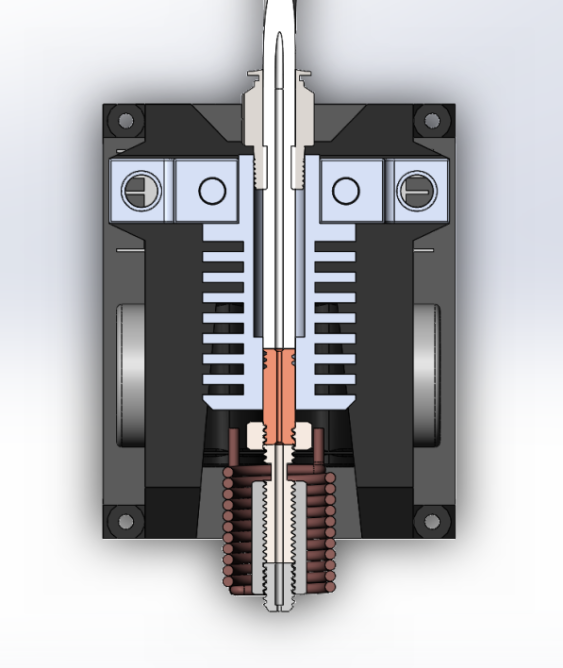
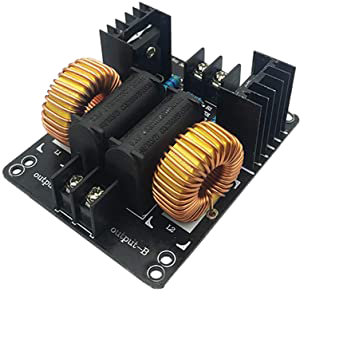
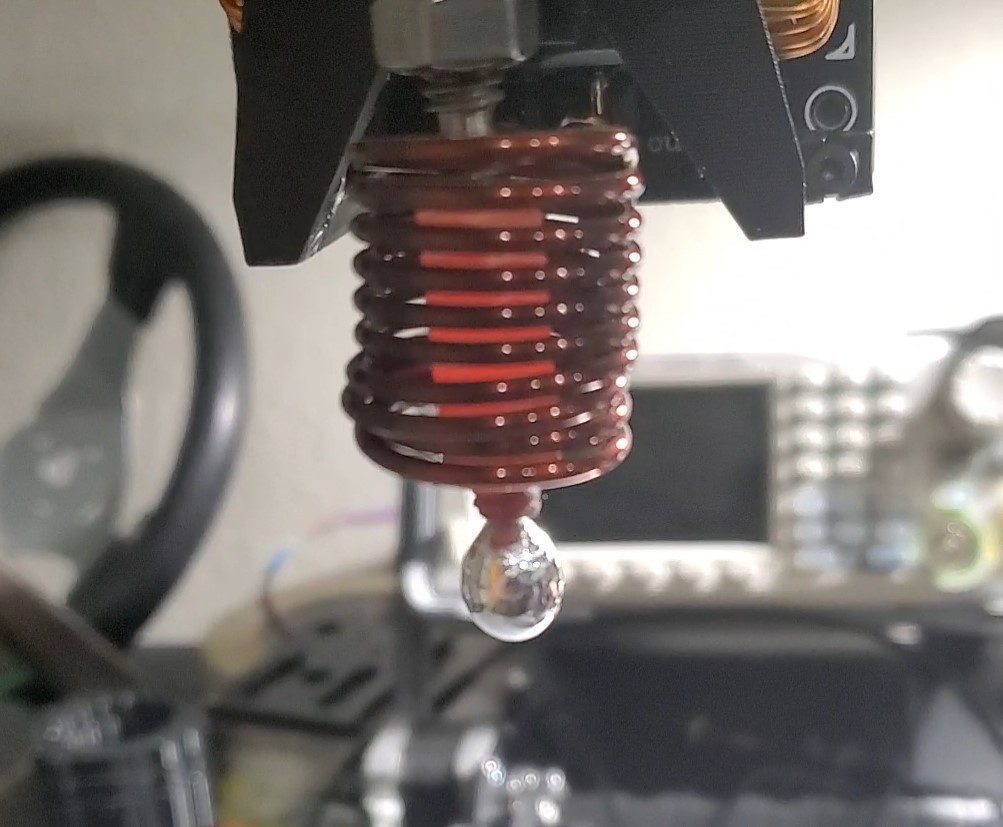
It is designed to be retrofittable onto an existing 3d printer chassis, in this case an old CR-10.
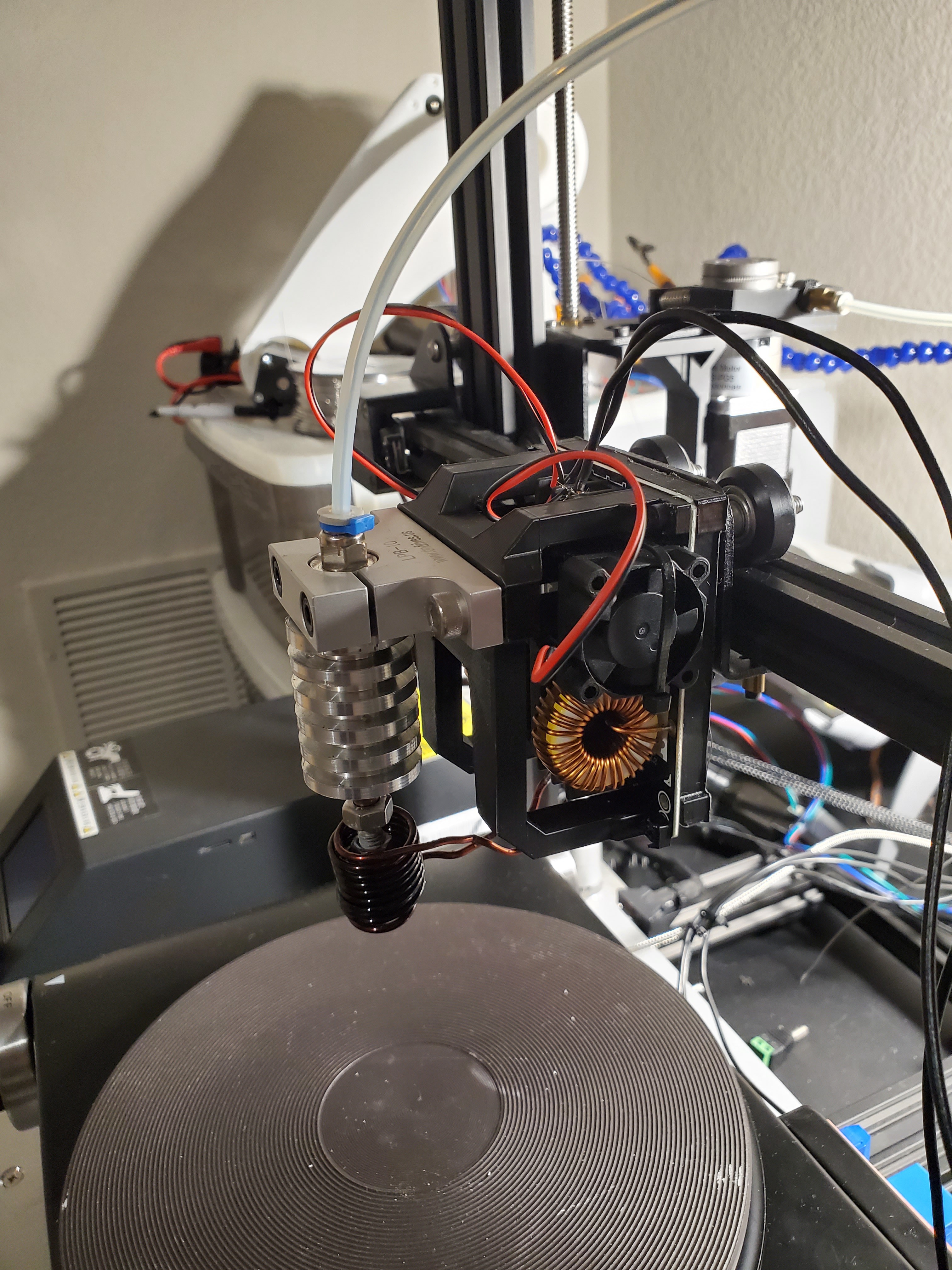
The heated bed is really important here because printing happens at 750C meaning that there is not only warping but also heat loss due to the high thermal conductivity of aluminum. The substrate will want to suck the heat out of the puddle and quench the nozzle, meaning it has to be preheated to near its melting point. Metal also likes to warp. This thermal FEA model shows what substrate temperature is needed to retain a 650C puddle temp:
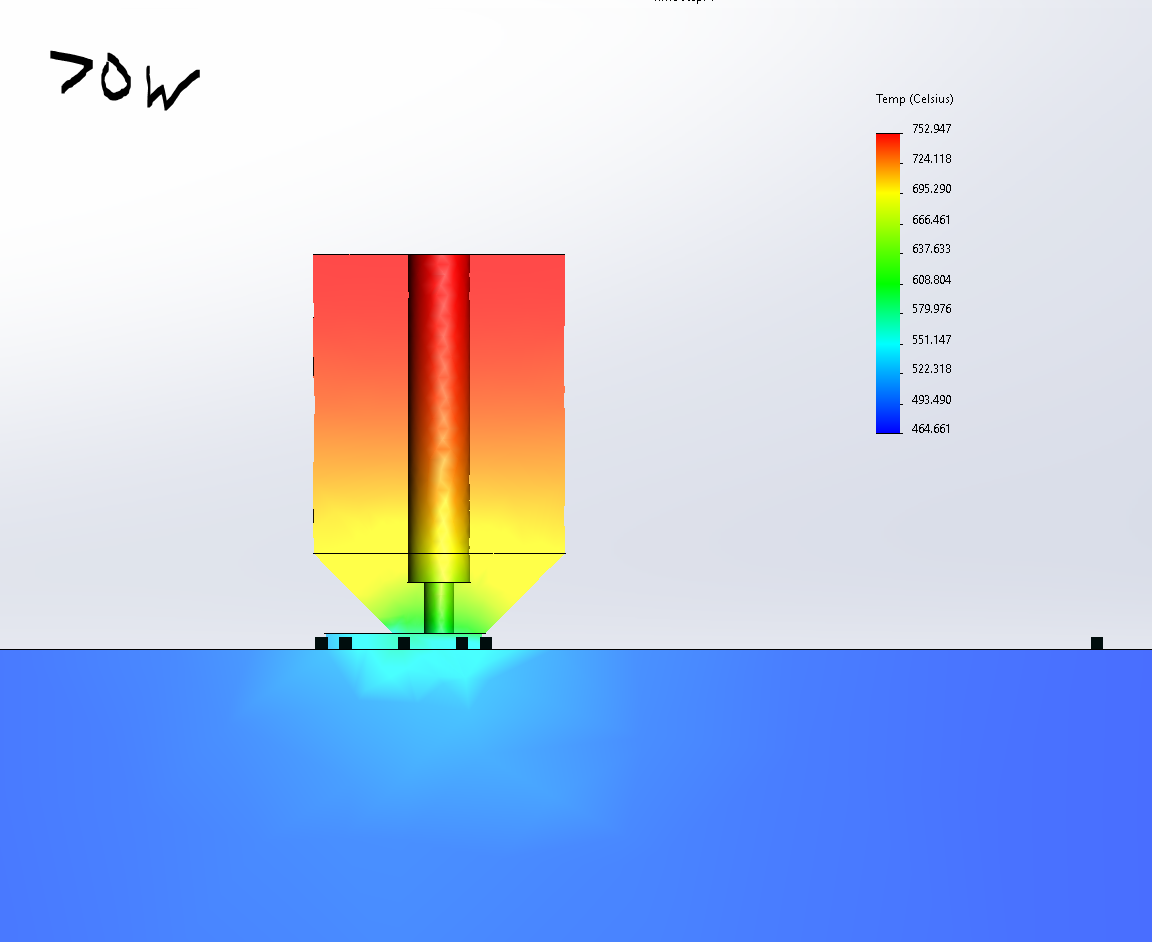
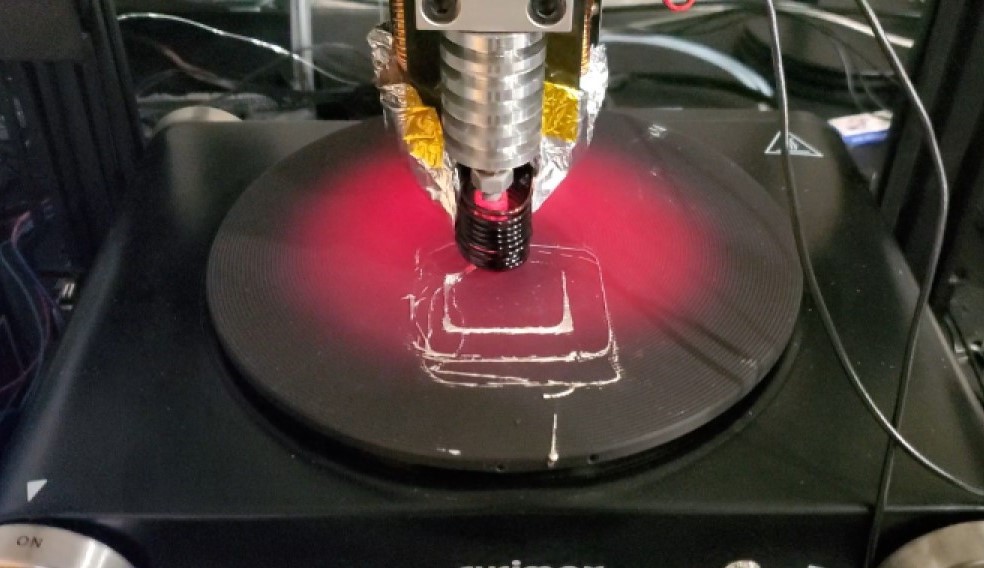
I'm printing onto a stove in this test which is between 500-700C. The bed is so hot that it heats up the coil and PCB, meaning that without water cooling this is limited to short tests. There is a lot of promise because the aluminum appears to have a stringy stretchy behavior at a certain temperature similar to thermoplastic. I plan to post more details on this build soon.






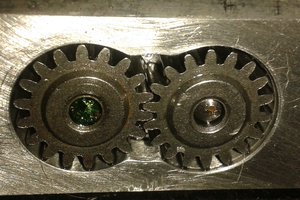
 nfk
nfk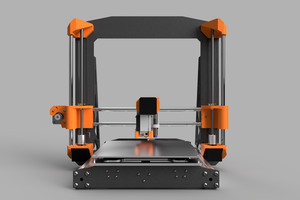
 Luke Brandon
Luke Brandon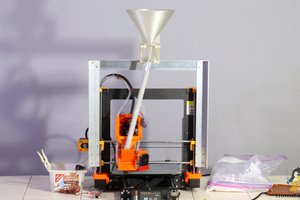
 Norbert Heinz
Norbert Heinz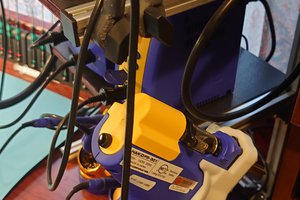
how does the extraction system?